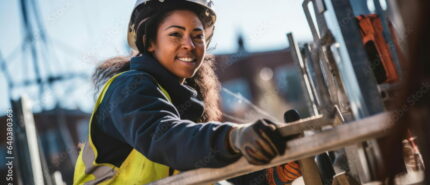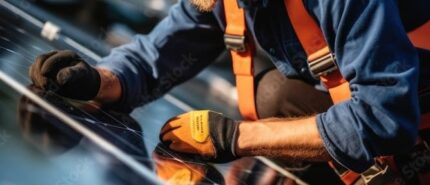Competitiveness cluster
for subsurface industries
Join AVENIA, the competitiveness cluster dedicated to underground industries.
Our mission
Our mission
-
Affiliated members
-
SUPPORTED PROJECTS
-
M€ of projects financed
-
MEMBERS ON THE EXPERT COMMITTEE
The benefits of AVENIA

Catalyst for Collaborative Innovation
Combining companies, research organizations and institutional players makes innovation faster and more effective.
Access to expertise and resources
Sector intelligence, expert committee...
Business and financing opportunities
Contacts with French and international business partners. Easier access to funding programs (national and European)Our areas of activity
- Oil & Gas
- Geothermal
- Geological storage
- Mines & Quarries
- Hydrogeology
- Geotechnics
- Natural hydrogen
They trust us

As an AVENIA member and active participant in the cluster's governance, you are committed to the cluster's work on the contribution of subsoil to the energy and environmental challenges directly linked to our roadmap.
Christophe DERAIL
Vice-President, Partnership and Innovation, UPPA

For BRGM, being a member of AVENIA means taking part in the life of a dynamic network driven by a desire to share, collaborate and innovate around a major issue: the role of the subsoil.
Laurent ROUVREAU
Deputy Director, Innovation, Sales and International Division, BRGM

Thank you to the AVENIA cluster for your support and for creating opportunities by putting us in touch with players in both the geosciences and the Nouvelle-Aquitaine region.
Claude CAVELIUS
CEO, DeepLime

The AVENIA cluster plays a key role in coordinating the underground community. The various events organized by the cluster, programs, webinars, etc., contribute to the dynamics of the industry and enable IFPEN, an R&D center committed to new underground uses and an active member of the cluster for many years, to promote its R&D, meet its partners and create new contacts.
Yannick PEYSSON
R&D Program Manager, IFP























